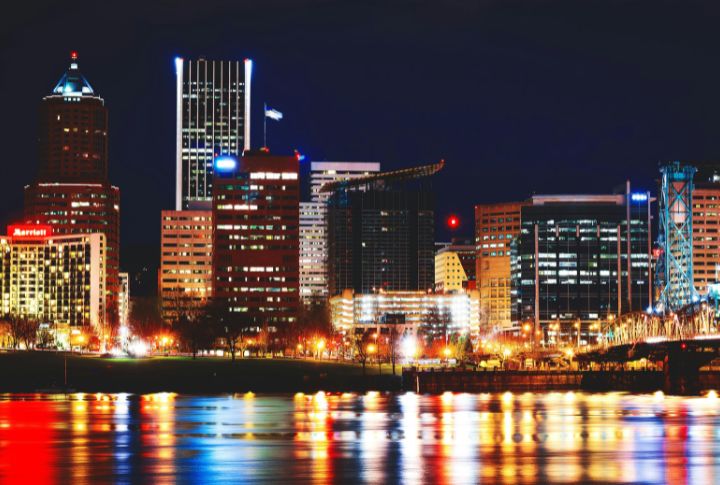
At first glance, Portland looks like a blueprint for modern progress. But dig beneath the compostable coffee cups and transit stops, and the cracks are undeniable. Not all disasters are loud—some seep in slowly. Stick around to find out the issues hiding in plain sight.
Housing Costs Outpace Income Growth
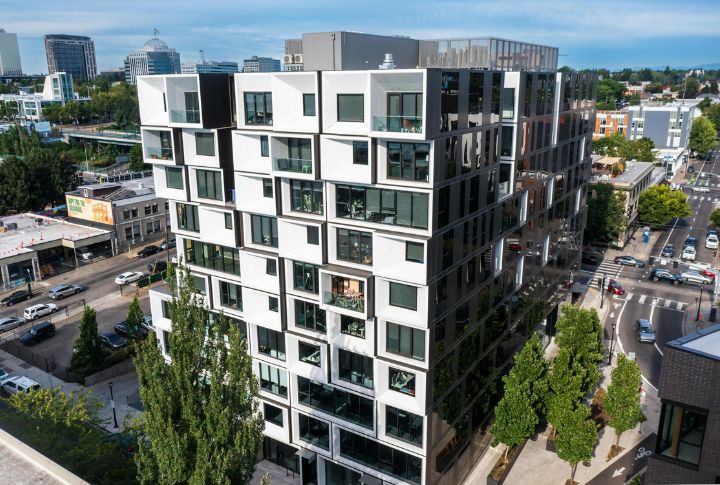
Affording a home in Portland now requires an annual income of $152,000, nearly triple the median household income. This disparity has intensified the housing crisis, contributing to increased demand for rental properties. The limited housing supply exacerbates the issue, leading to higher prices and competition.
Homelessness Rates Continue To Rise

Portland has seen a significant increase in homelessness, with over 14,361 individuals experiencing homelessness in Multnomah County. Rising housing costs and limited shelter availability contribute to the escalating dilemma. Efforts to address the issue face challenges in funding and implementation.
Commercial Real Estate Decline
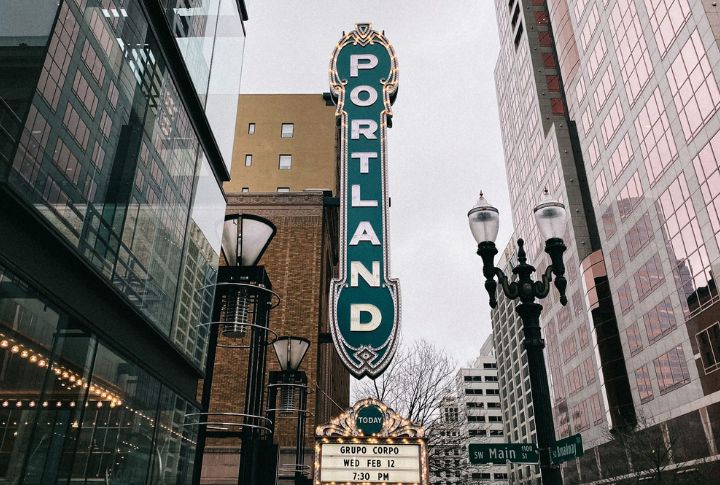
The U.S. Bancorp Tower, Portland’s largest office building, is over 50% vacant and listed for sale at a price 80% lower than its 2015 value. This reflects a broader trend of declining demand for commercial real estate in the city, driven by remote work adoption and economic shifts.
Infrastructure Vulnerabilities Emerge
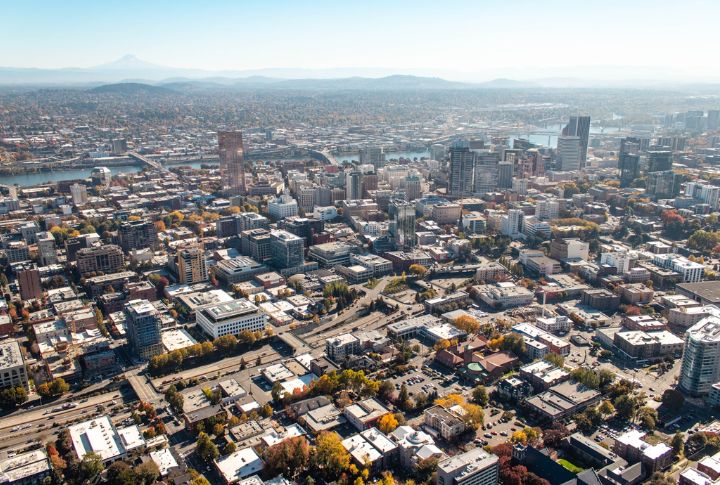
Satellite data confirms Portland is experiencing slow but measurable land subsidence—about 2 millimeters per year. Shifting soil and tectonic pressure create subtle disruptions that add up over time. Also, cracked roads and misaligned infrastructure aren’t just isolated incidents anymore—they’re signs of a city inching downward, quite literally.
Transportation Projects Face Funding Shortfalls
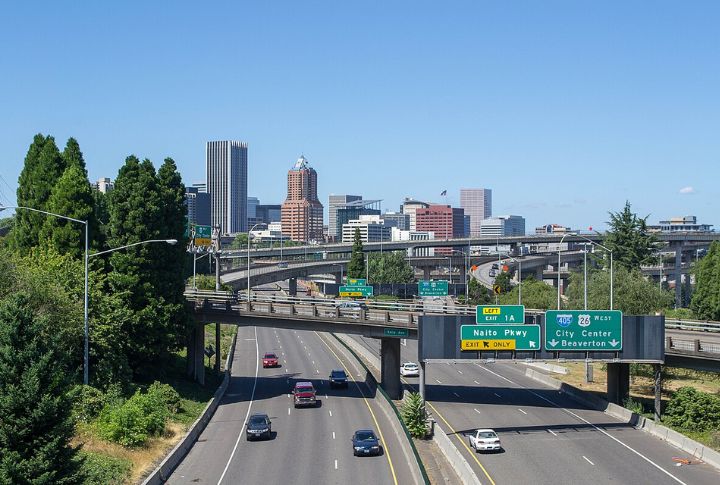
Portland’s transportation upgrades, including the Frog Ferry proposal, face delays due to funding shortages and inconsistent government support. With limited state resources and competing priorities, efforts to ease congestion and boost sustainable transit options continue to struggle with slow progress.
Public Safety Concerns Persist

While Portland has seen a decrease in certain crime rates, concerns about public safety remain. The city recorded 67 homicides in 2024, down from 73 in 2023 but still higher than pre-pandemic levels. Efforts to address crime involve balancing enforcement with community-based initiatives.
City Services Struggle To Keep Up
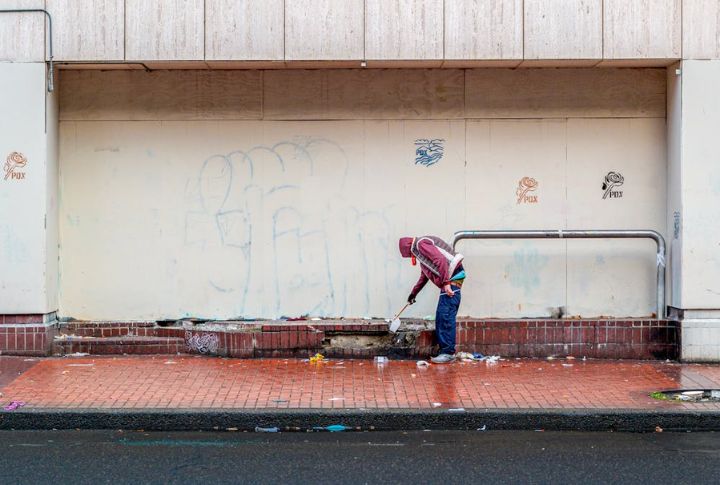
Trash piles up faster than crews can clear it, while street repairs and 911 responses are slower than ever. Understaffed departments struggle to meet growing demands, pushing city services to their breaking point. This strain on essential services is starting to impact residents across the city.
Urban Planning Challenges
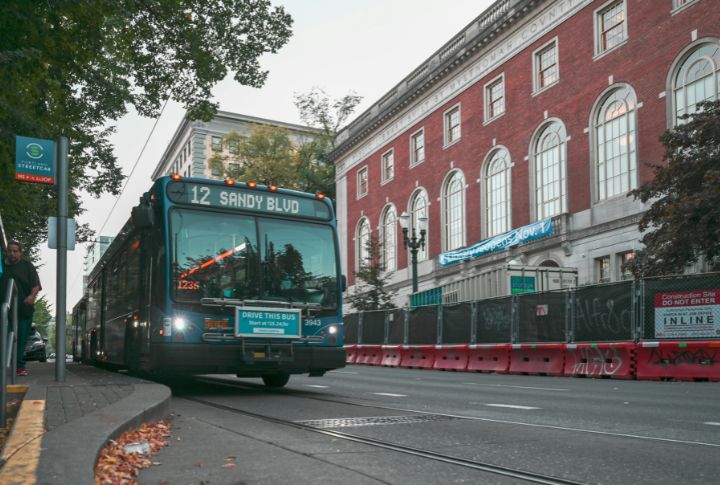
Portland’s long-term growth strategy, the 2035 Comprehensive Plan, aims for density and sustainability, but implementation has stalled. Zoning battles and inconsistent follow-through delay progress. Projects like the Division Transit corridor show promise, yet local pushback and funding gaps keep slowing critical infrastructure updates citywide.
Educational System Struggles
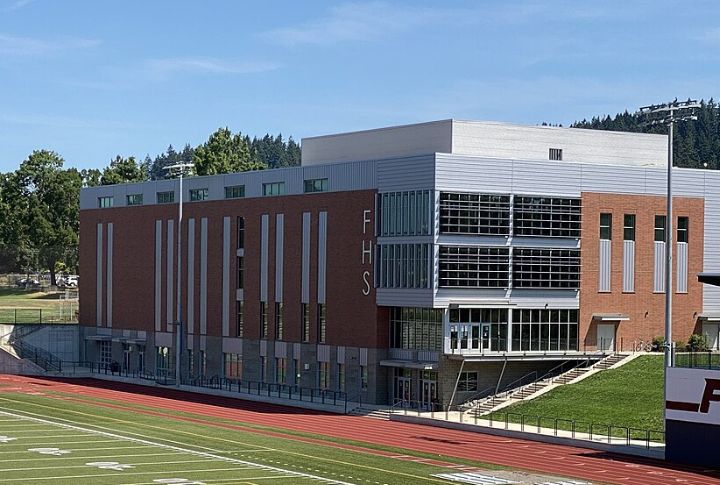
Portland’s education system is struggling—not just because of budget cuts but due to deep funding gaps and lasting achievement disparities. With a $40 million shortfall, inflation, and declining enrollment, schools in poorer neighborhoods suffer the most. Despite reforms, Oregon’s outdated funding keeps inequality alive, sparking recent teacher strikes and urgent calls for change.
Political Divisions Impact Policy
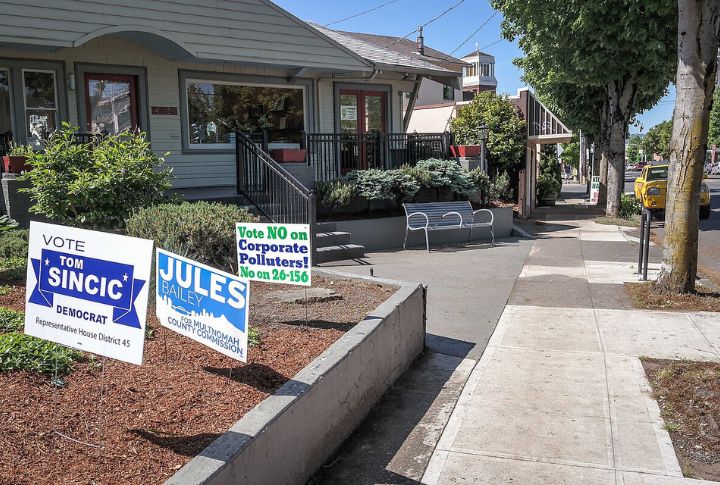
Ideological divides between city commissioners and the mayor’s office have stalled key decisions on homelessness, police funding, and zoning reform. Policy proposals often break down along progressive-versus-centrist lines, which leads to delayed action. The result is a governing body caught in debate while urgent problems stack up outside the chambers.
